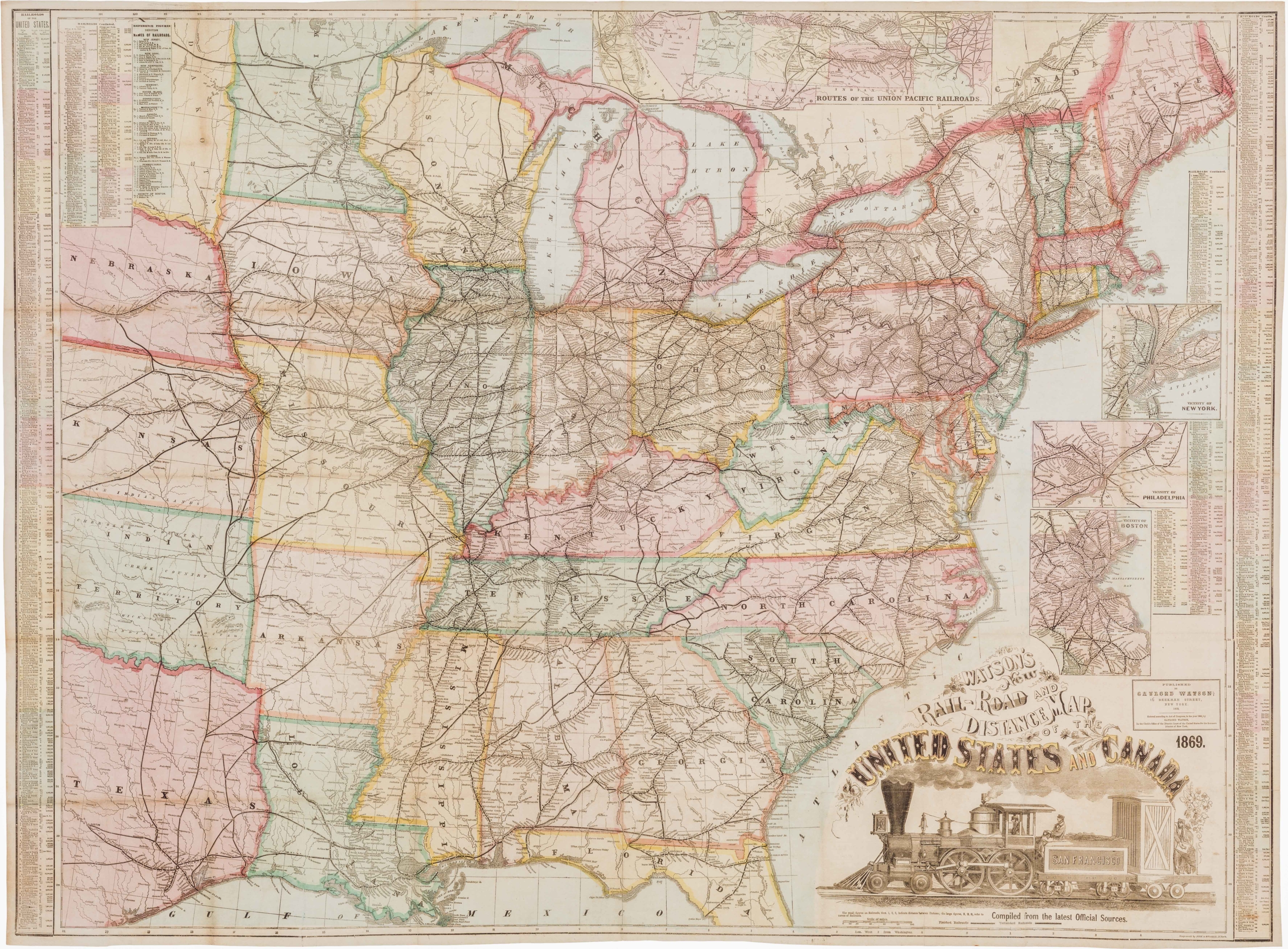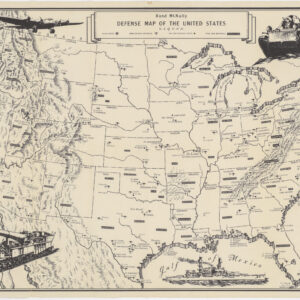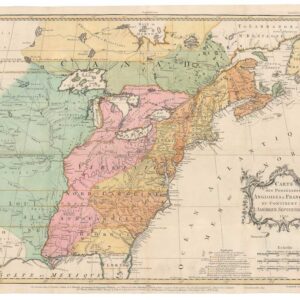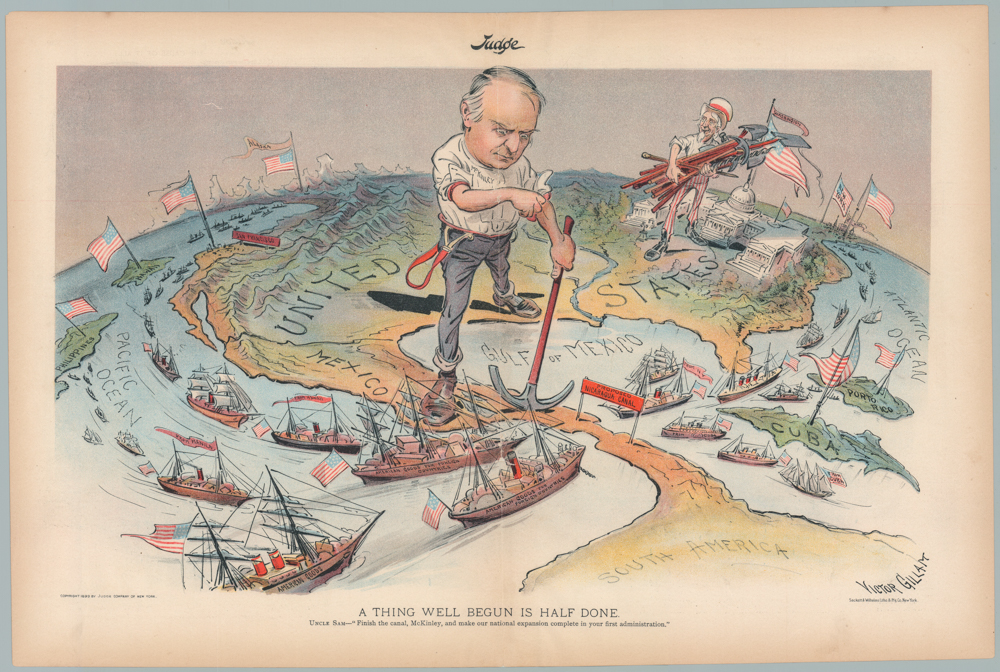Attractive 1882 map of Central and Southern Pacific Railroad lines
Central Pacific R.R. and Leased Lines; Southern Pacific R.R. and Connections. September 1882. A.N. Turner, General Manager. R.H. Goodman, Gen’l Pass. & Tkt. Agt.
Out of stock
Description
Detailed map of the American West at a time of increasing development and settlement. Extends west from about the eastern shore of Lake Michigan.
The Southern Pacific Railroad
In 1865, a group of businessmen in San Francisco, California, led by Timothy Phelps, founded the Southern Pacific Railroad to build a rail connection between San Francisco and San Diego. In September 1868, Charles Crocker, Leland Stanford, Mark Hopkins and Collis Huntington purchased the SPRR and merged it with the CPRR. In November 8, 1874, the SPRR tracks had reached Bakersfield and work was commenced on the Tehachapi Loop. By September 5, 1876, the first train from San Francisco arrived in Los Angeles, California after traveling over the newly completed Tehachapi Loop. It would be another year before the line reached Yuma, Arizona.
The controlling members of the Southern Pacific had varying interests in the development of the line to the south. Leland Stanford wanted the line to extend to Los Angeles, with a terminus in Santa Monica, and even built a huge Railroad pier to accommodate it arrival. Stanford pressured Crocker and others for that outcome. Crocker’s interests were San Francisco based and centered around the Central Pacific and the Transcontinental route. The USPRR had proposed a line that was over Warners Pass and ended about mid way between San Diego and Los Angeles with spurs in either direction. Crocker and Stanford killed the plan and redrew the line so it went from Yuma up the line through Palm Springs etc, cutting off San Diego.
The arrival of the Southern Pacific Railroad in Southern California marked the beginnings of the first modern booms for Los Angeles and environs. Over the course of the next 50 years, Southern California would develop from a sparsely populated California backwater to a booming metropolis. Los Angeles alone would grow from from 5,730 residents in 1870 and 11,200 residents in 1880 to 50,400 (1890), 102,500 (1900), 319,200 (1910), 576,700 (1920) and 1,238,048 (1930).
Cartographer(s):
In 1856, William H. Rand opened a printing shop in Chicago and two years later hired a newly arrived Irish immigrant, Andrew McNally, to work in his shop. In 1868, the two men, along with Rand’s nephew George Amos Poole, established Rand McNally & Co. and bought the Tribune’s printing business. The company initially focused on printing tickets and timetables for Chicago’s booming railroad industry, and the following year supplemented that business by publishing complete railroad guides.
The first Rand McNally map, created using a new cost-saving wax engraving method, appeared in the December 1872 edition of its Railroad Guide. Rand McNally became an incorporated business in 1873; with Rand as its president, McNally as vice president, and George Poole as treasurer.
Rand McNally published its first road map, the New Automobile Road Map of New York City & Vicinity, in 1904.
Condition Description
A few tears neatly repaired, tiny hole in Utah; very good, old folds.
References







